Advanced Aviation Economics: Airline Industry Analysis of Recession
VerifiedAdded on 2023/01/16
|6
|709
|65
Report
AI Summary
This report analyzes the impact of the 2008 global financial crisis on the aviation industry using the principles of supply and demand. It predicts a decrease in air travel demand due to reduced disposable income and business travel, along with a potential decrease in supply as airlines rationalize flights. The report uses data from the US Bureau of Transportation Statistics (BTS) from October 2007 to December 2010 to validate these predictions, examining trends in Available Seat Miles (ASM), Revenue Passenger Miles (RPM), enplanements, and airfare prices. The analysis confirms a decline in both demand and supply, leading to lower prices, and provides a detailed examination of how the industry responded to the economic downturn.
1 out of 6
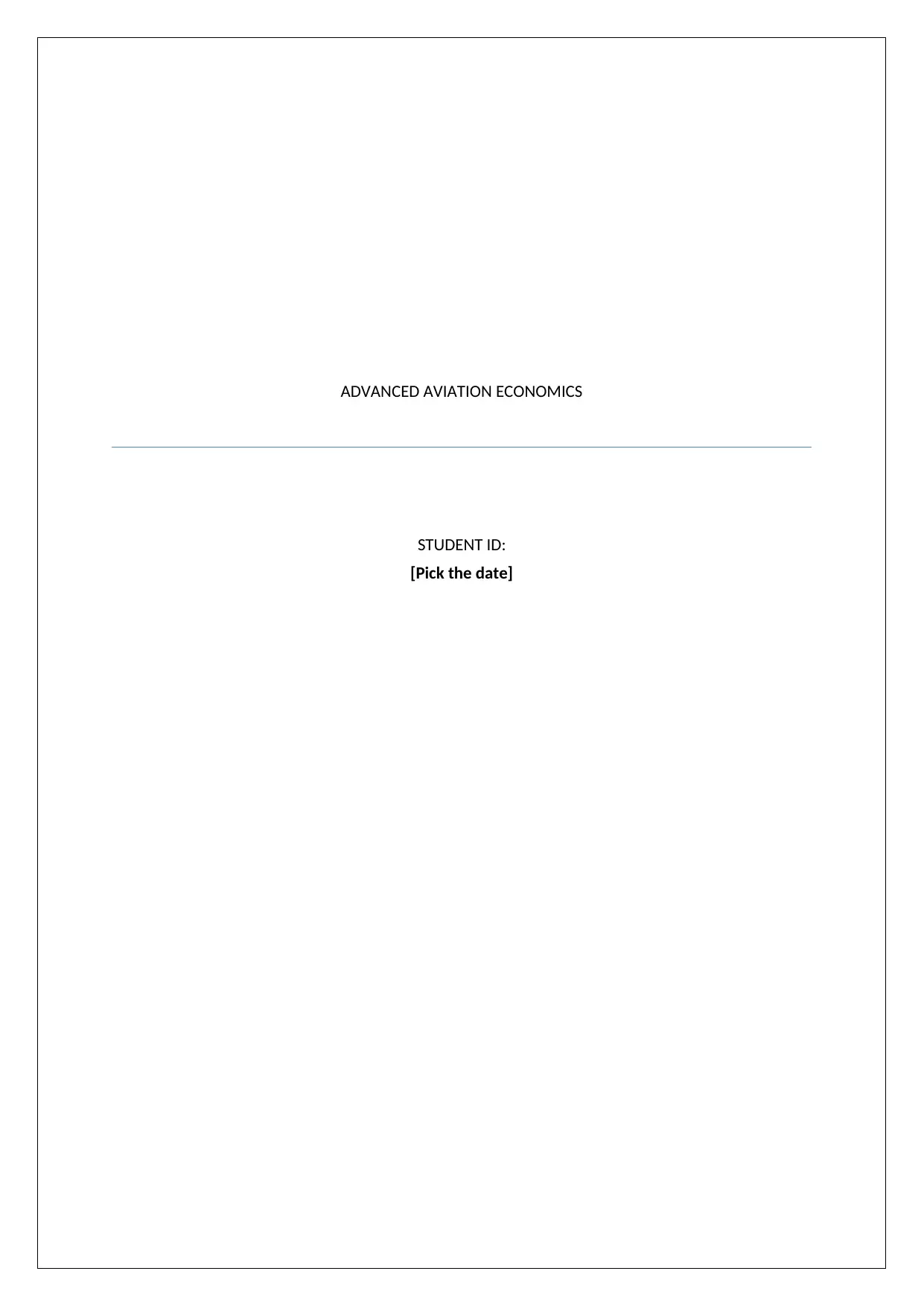
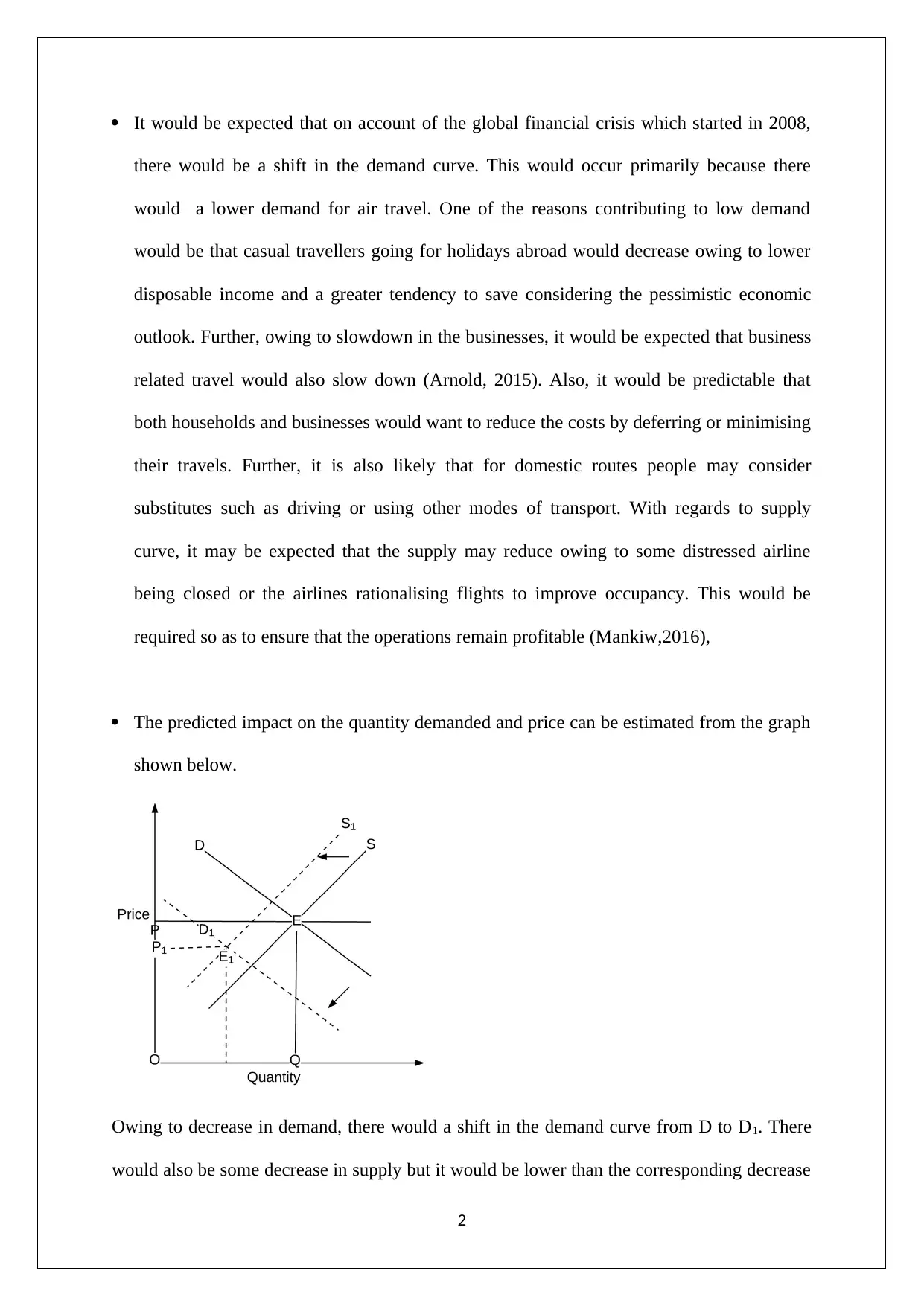
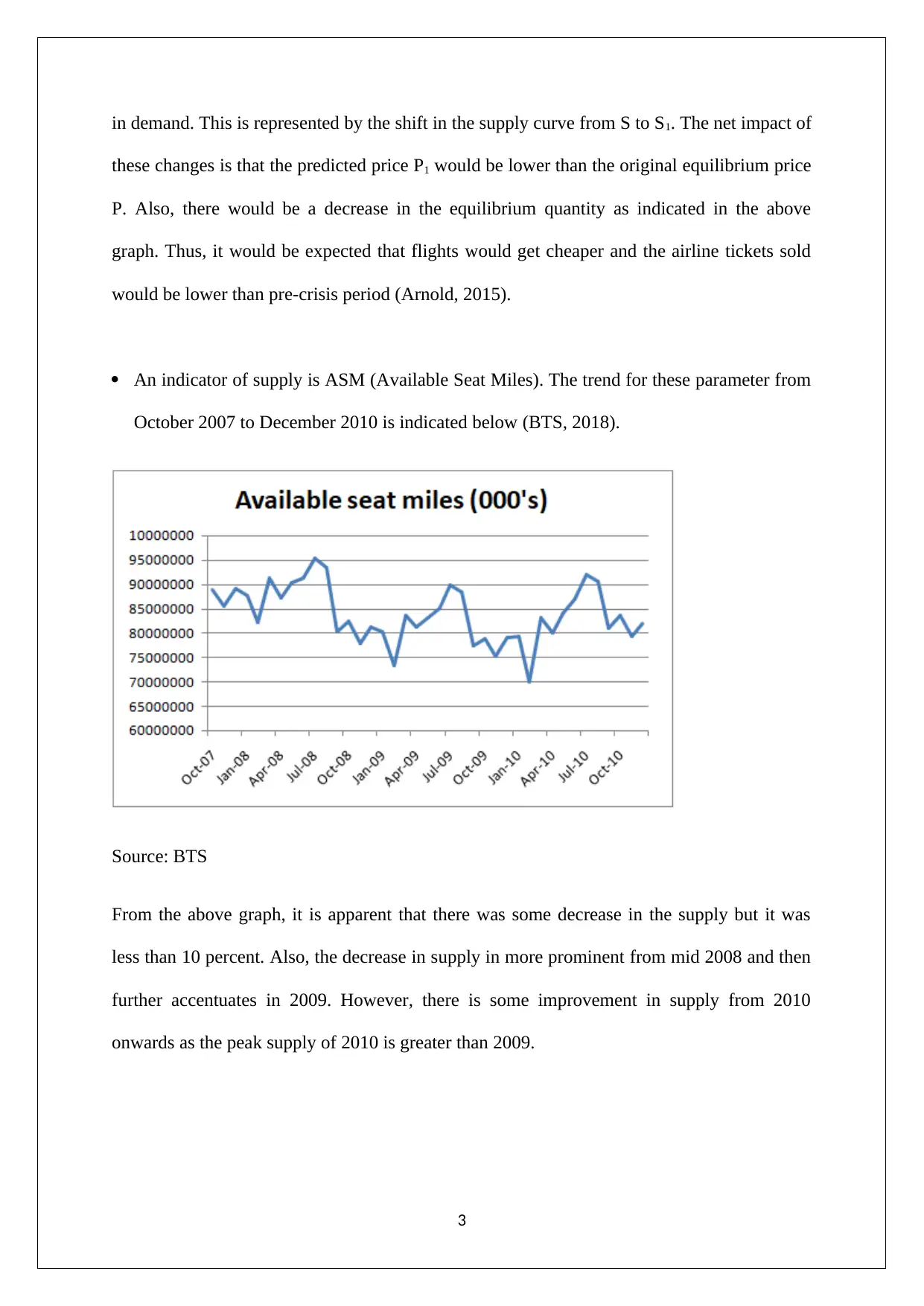

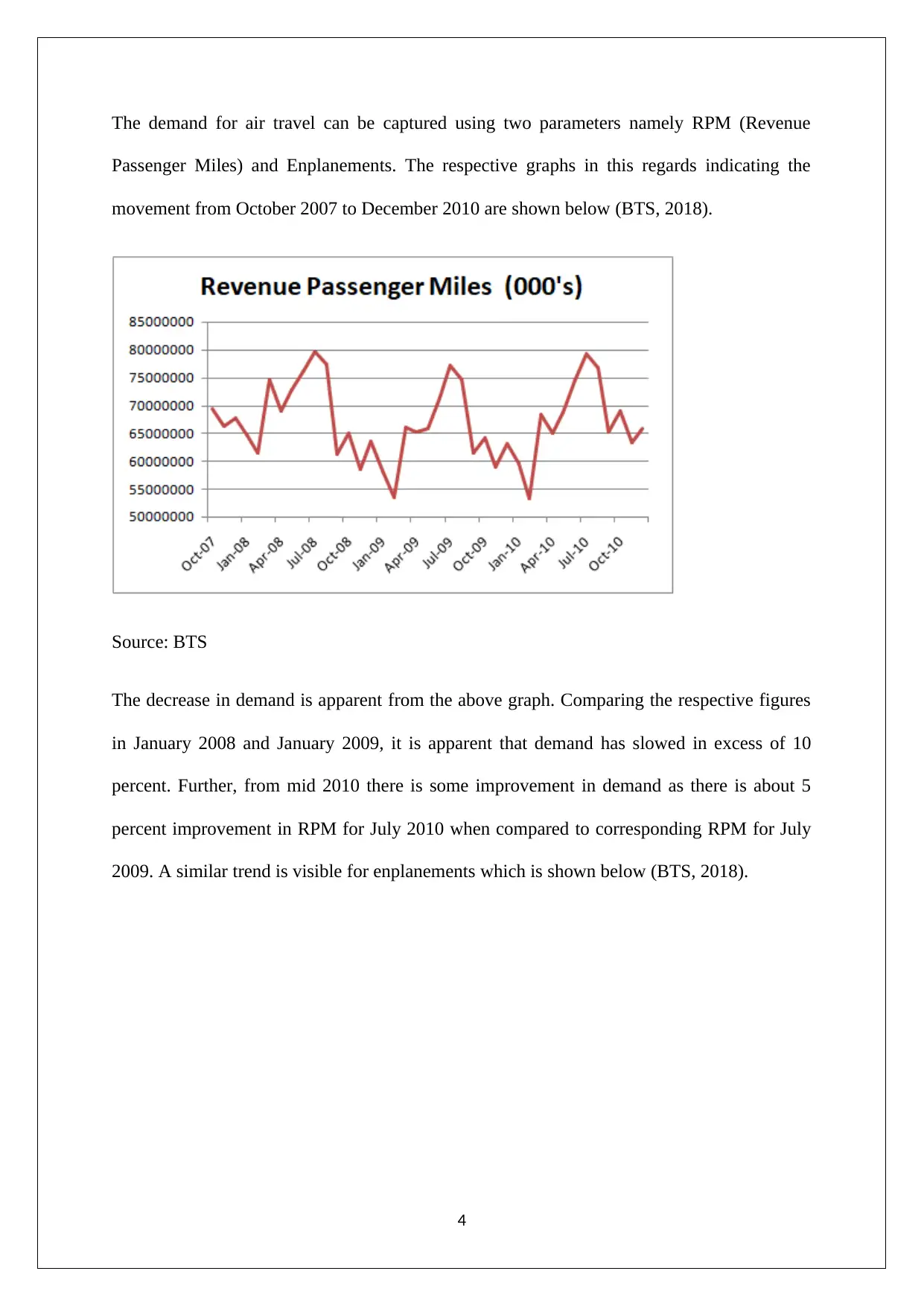
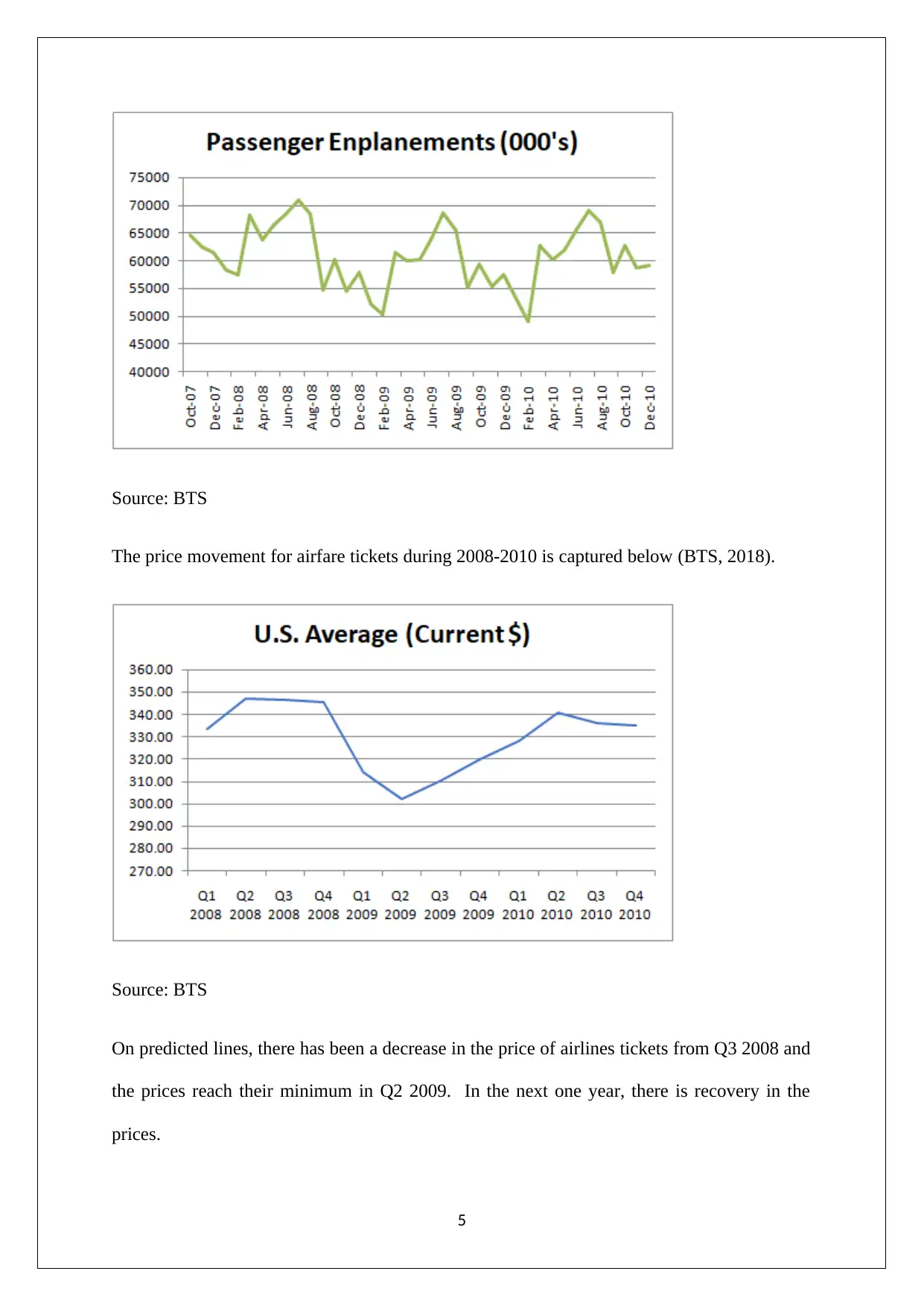
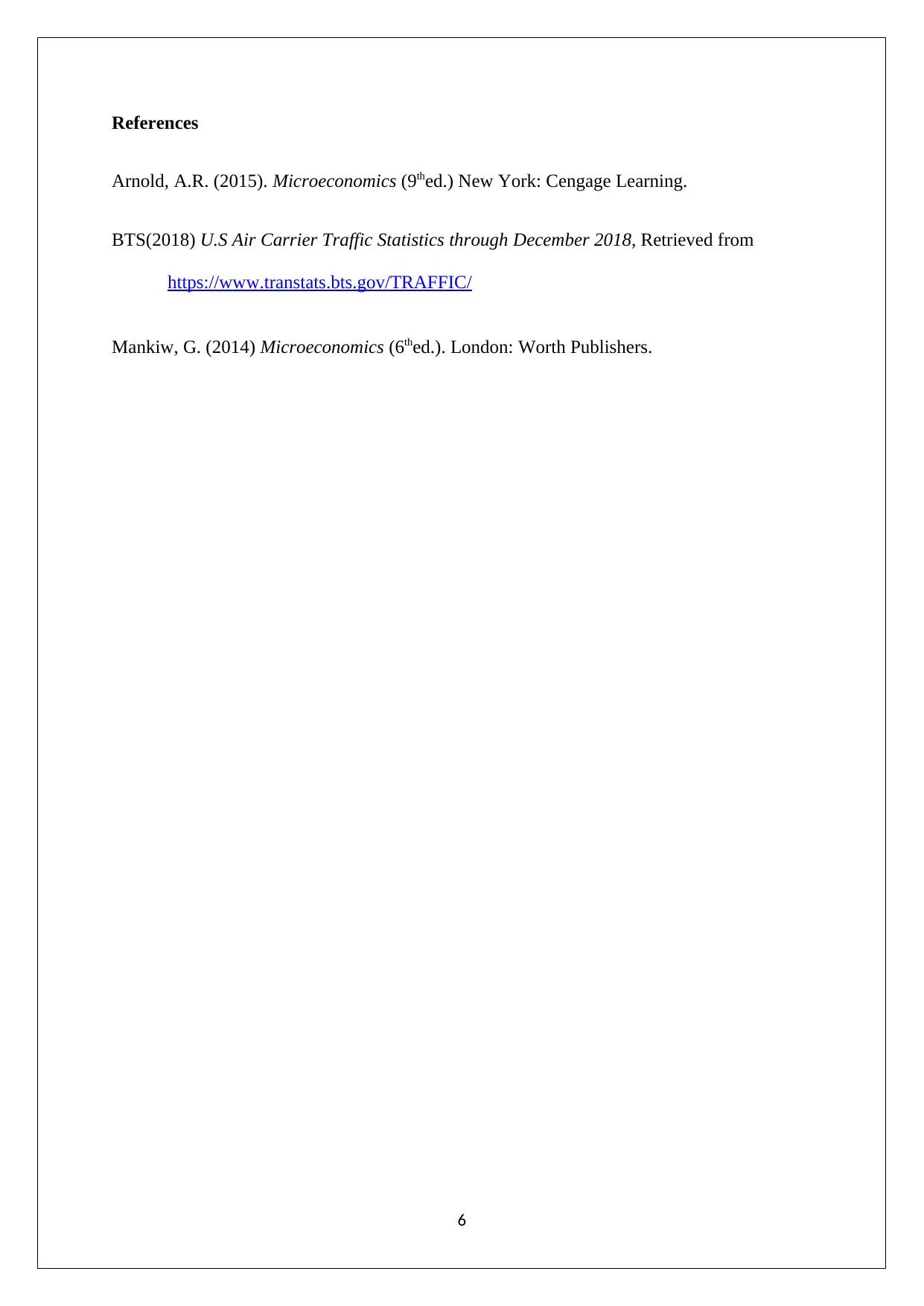






![[object Object]](/_next/static/media/star-bottom.7253800d.svg)